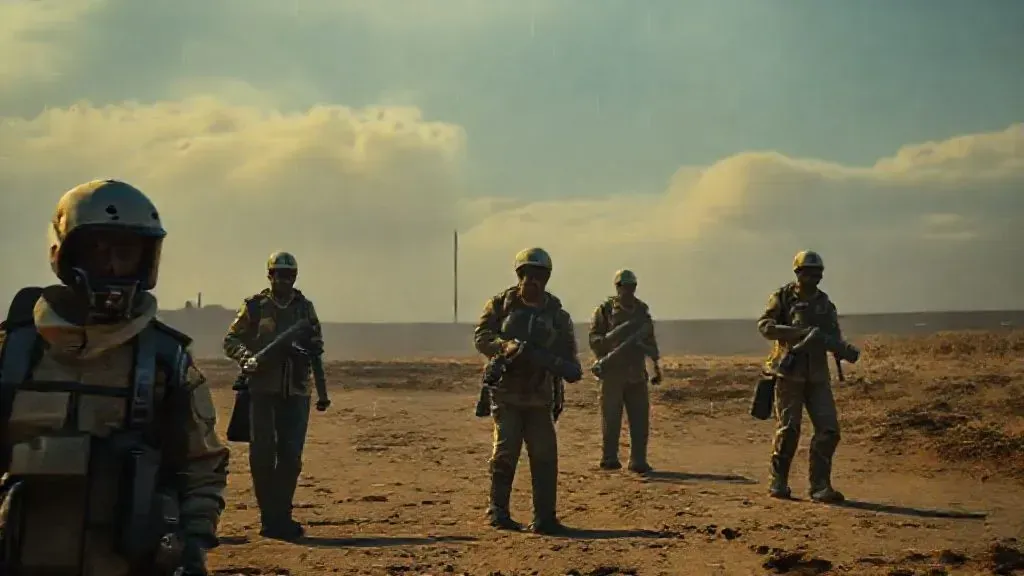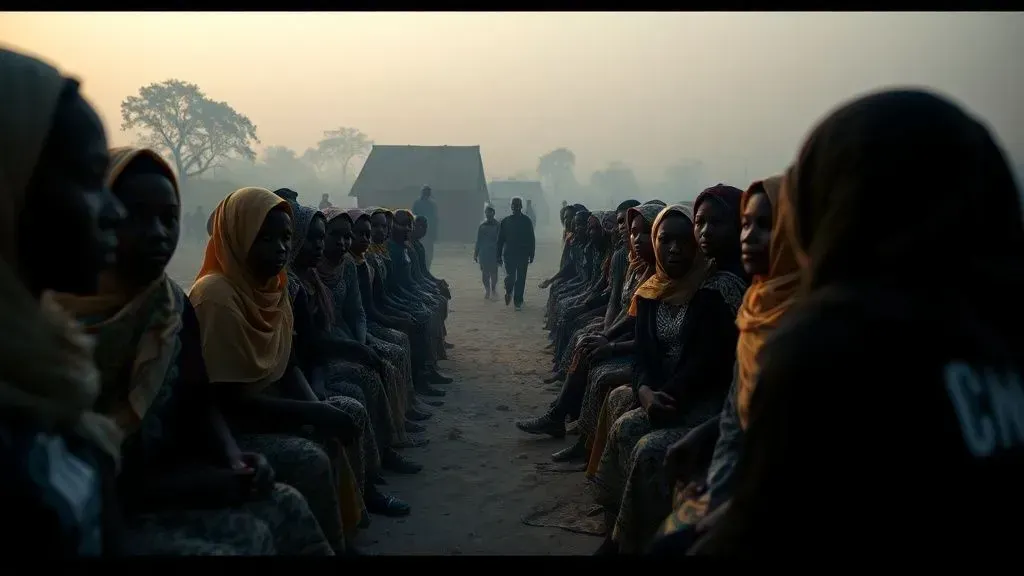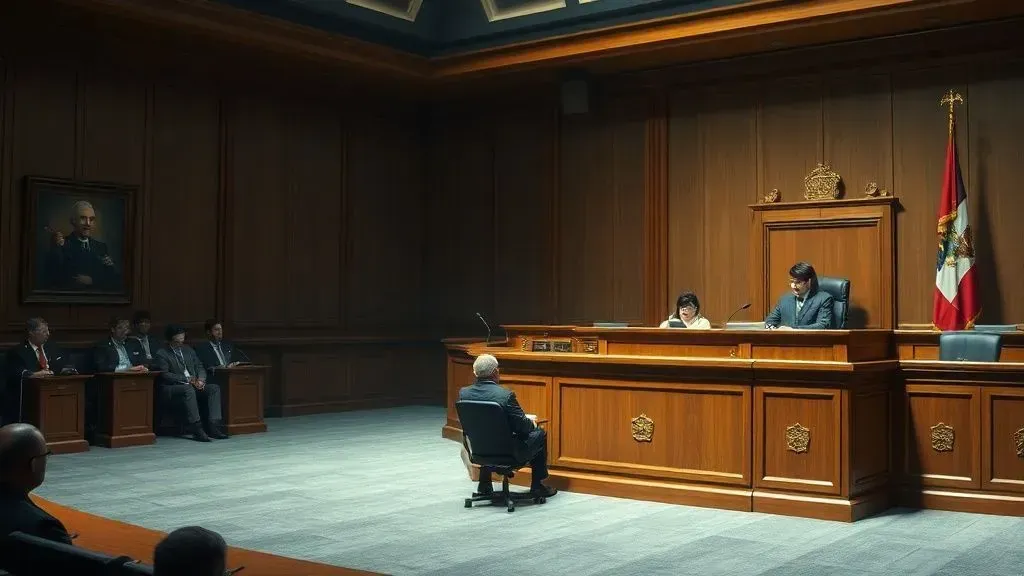
As of late October 2025, 13 deceased Israeli hostages' bodies remain unrecovered in Gaza despite a ceasefire agreement earlier that month. Israel approved an Egyptian technical team to enter with heavy equipment to locate these remains, addressing delays attributed to Hamas. This development reflects broader international involvement in resolving post-conflict issues.
Background on the Hostage Crisis
The October 7, 2023, Hamas attack resulted in about 250 abductions into Gaza. By the October 9, 2025, ceasefire, 20 living hostages and 15 bodies had been returned, leaving 13 remains outstanding.
Hamas committed to releasing all captives under the deal brokered at the Sharm El-Sheikh Summit. However, destruction from prolonged conflict complicates recovery efforts, with Gaza facing equipment shortages.
According to Egyptian media outlet Al-Qahera News, only two bulldozers remain operational in Gaza amid widespread rubble. This scarcity prompted Egypt's intervention to support excavation operations.
Israel's Approval and Involved Parties
Prime Minister Benjamin Netanyahu personally authorized the Egyptian team's entry, limiting it to locating slain hostages. The team uses intelligence from both Israel and Hamas to guide searches.
Israeli officials shared general location data with hostages' families, per reports from Kan public broadcaster. The IDF provides security and coordinates with the team on-site.
A defense official noted that the move prepares Israel for potential recovery of more bodies soon. This coordination aims to expedite closure for affected families.
US Role and Diplomatic Pressure
US officials, including Vice President JD Vance, urged Israel against withholding aid to pressure Hamas, fearing ceasefire risks. They visited Israel to discuss next steps in the agreement.
Israeli briefings to Vance highlighted that Hamas could return at least 10 of the 13 bodies immediately. This intelligence fueled calls for faster compliance from Hamas.
President Donald Trump's administration issued a 48-hour ultimatum to Hamas for returning remains, emphasizing accountability. Such pressure facilitated the Egyptian team's deployment.
Challenges in Recovery Efforts
Hamas claims searches may take time due to Gaza's devastation from Israeli operations. Teams, including Red Cross escorts, access restricted areas to hunt for bodies.
Egypt deployed bulldozers and specialists to overcome technical hurdles like collapsed structures. This assistance aligns with Egypt's mediation role in the peace plan.
An Israeli source via Channel 12 stated that Hamas deliberately withholds information, breaching the ceasefire terms. Analysts view this as a tactic to maintain leverage.
Quotes and Expert Insights
The Israeli Prime Minister’s Office affirmed,
It is a technical team. They are going in only to locate the slain hostages.
This underscores the mission's narrow focus.
Kan broadcaster reported Israeli officials telling US counterparts that Hamas is
capable of returning at least 10 of the 13 deceased hostages.
Such statements highlight perceived non-compliance.
Recent Developments and Social Media Reactions
Egyptian equipment entered Gaza over the weekend, with footage showing digs in areas like Khan Younis. Teams target sites based on shared intelligence.
Public discourse on platforms like X reflects mixed views on the operation. High-engagement posts note US influence in prompting Israel's concession.
Implications for the Ceasefire
This collaboration could strengthen the truce by addressing humanitarian concerns swiftly. However, ongoing accusations of delays risk escalating tensions.
Experts suggest successful recoveries might pave the way for Gaza's reconstruction, involving international aid. Monitoring by US-led coordination centers ensures compliance.
Future Outlook
Israel anticipates receiving at least two more bodies soon, per mediator efforts. Families continue advocating for full returns to achieve closure.
The operation highlights the need for sustained diplomatic engagement in Middle East conflicts. It offers lessons in balancing security with humanitarian priorities.
This event ties directly to broader peace efforts, showing how targeted actions can support fragile agreements. Understanding these dynamics aids in grasping the region's complex geopolitical landscape.



